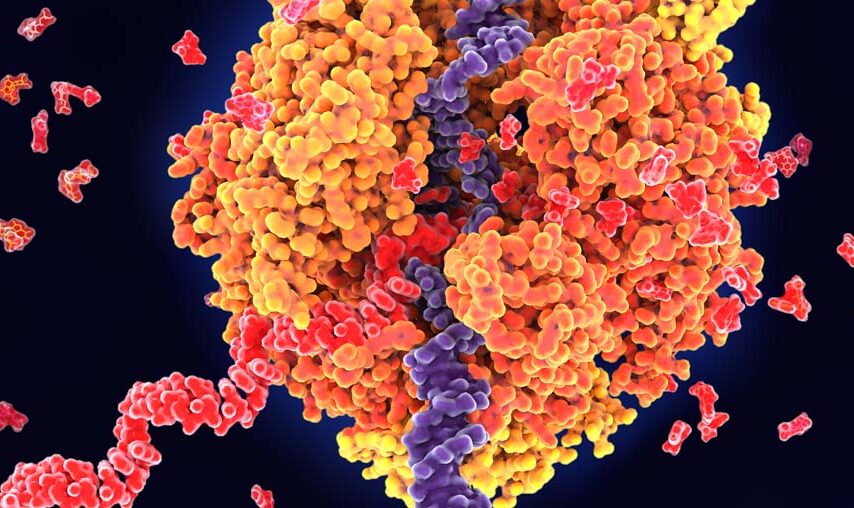Proteins and peptides are the building elements of cells and play crucial roles in the body. For instance, proteins are responsible for the morphology of cells and the reception of extracellular signals. Particular classes of peptides are essential for controlling the behavior of their co-factors. Both proteins and peptides consist of amino acid chains bound together by peptide bonds, and structurally, they are similar to one another (also called amide bonds). What exactly is it that makes peptides distinct from proteins?
Peptides are just amino acid sequences that have similarities with proteins but do not precisely replicate them. You need to know an amino acid before grasping what a peptide is and how it varies from a protein.
Proteins are made up of amino acids.
Although amino acids play crucial roles in biology, not all of them are consumed by organisms. Although approximately 500 amino acids have been discovered so far, only around 20 are essential for human survival (and for most other forms of life, too). At opposing ends of amino acids are specialized chemical structures known as amine and carboxylic acid groups. Amino acids share a set of properties according to their structures, which also determine their interactions with other molecules.
It’s a common misconception that amino acids do nothing more than serving as “protein pieces,” yet this couldn’t be farther from the truth. Amino acids are metabolic intermediates and the fundamental units of all living organisms. Particularly in the brain, they function independently as precursors of various hormones (like human growth hormone) and signaling molecules (like Serotonin). They even aid in the distribution of energy inside the body.
Bonds in Peptides
Amino acids undergo chemical reactions when their amino groups come into contact with the carboxyl groups of other amino acids. The reaction causes the release of water and the production of a peptide bond, a unique sort of chemical bond. Peptide bonds define peptides as any molecule composed of two or more amino acids bonded together. A polypeptide is sometimes used when referring to a chain of amino acids longer than two. The two definitions are essentially synonymous.
Differentiating Proteins and Peptides
Both proteins and peptides are composed of amino acids joined together by peptide bonds, yet all proteins are peptides, and not all peptides are proteins. The structural difference is what sets them apart. Proteins may self-fold into various intricate three-dimensional forms, each having a unique biological purpose. Although peptides do not fold into themselves, this does not mean they lack biological significance. Peptides typically consist of 50 amino acids or less (chains usually incapable of folding over on themselves).
Peptide Definition in Everyday Terms
Peptides may be easily remembered as short ( 50 amino acid) sequences of amino acids. Shorter peptides frequently have traits that proteins lack due to their biological significance and unique capacities (e.g., crossing the cell membrane). The study of synthetic peptides and proteins has grown widespread as scientists work to find alternatives to the harmful side effects of numerous medications to treat a wide variety of physiologic pathways and disorders.
If you are a researcher interested in further studying these compounds, you can buy peptides from Biotech Peptides’ website for the highest quality and lowest prices.



